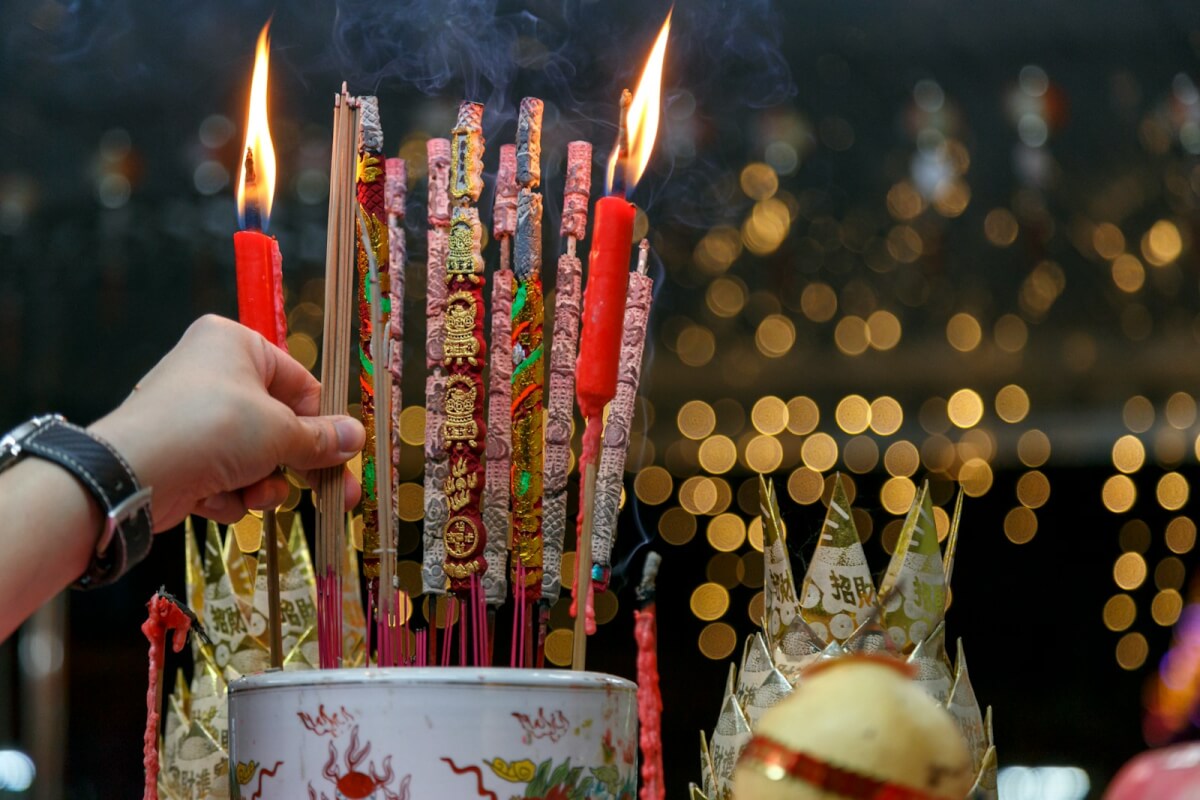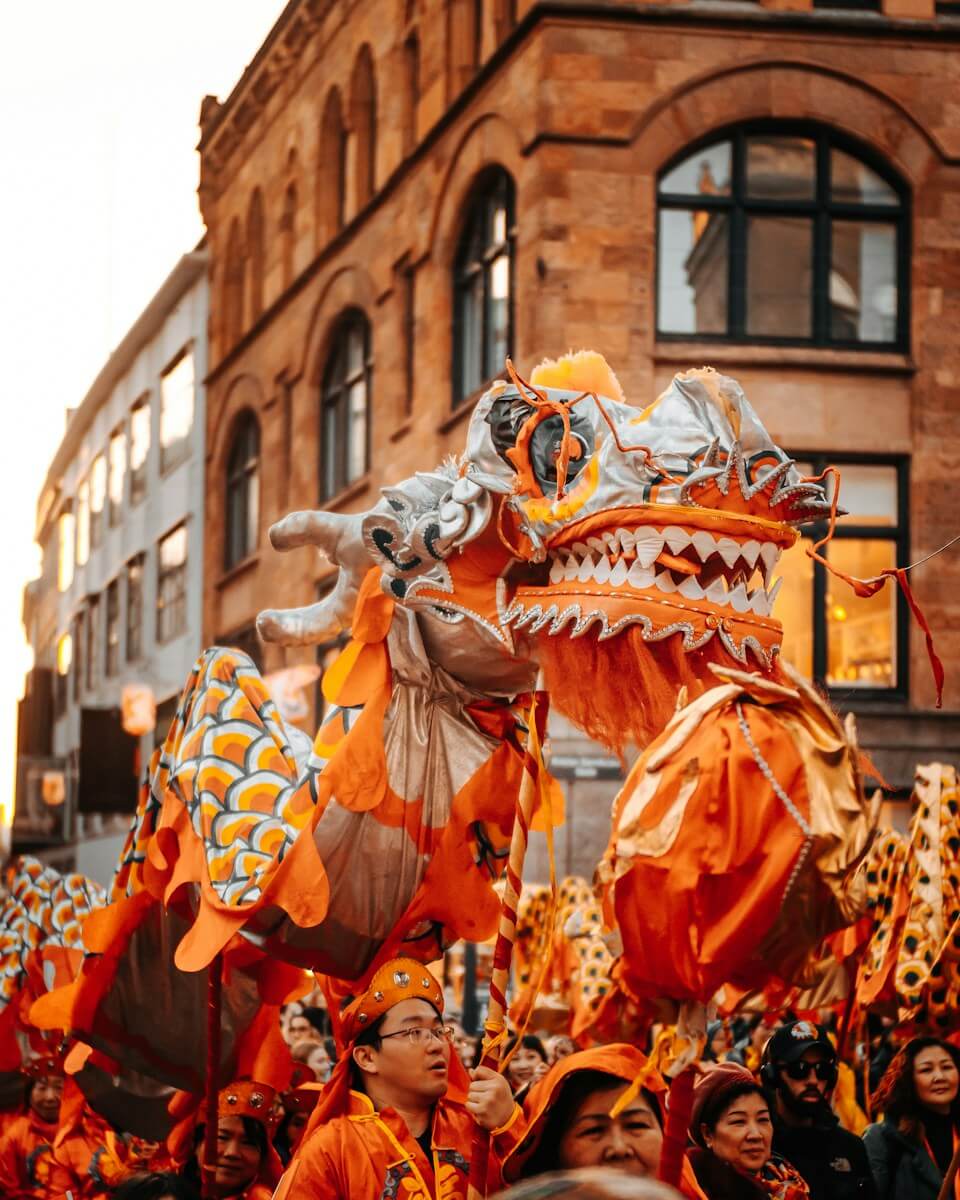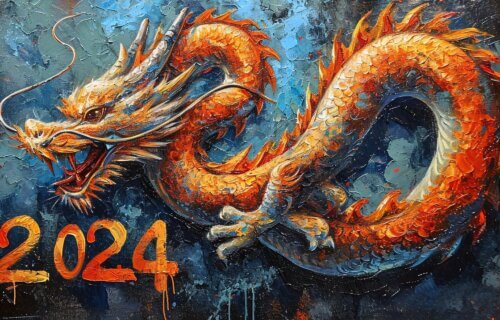Among China’s traditional holidays and celebrations, none ranks higher in importance than the Lunar New Year (農曆新年). Also known as the Spring Festival (春節), or simply Chinese New Year, it marks the beginning of the year according to the traditional lunar calendar.
The Lunar New Year usually starts sometime between late January and mid-February. In mainland China, official celebrations last for seven days as a public holiday. This Lunar New Year, which falls on Feb. 10, is the Year of the Dragon.
I’m a scholar of Chinese religious history and culture who was born in a Year of the Dragon. What fascinates me the most is how the celebrations are a reminder of the longevity and vibrancy of traditional Chinese culture.
Food, gifts and celebrations
At its core, the Lunar New Year is a celebration that brings the family together. Preparations start a week in advance and include cleaning and decorating the home, as well as shopping, especially for gifts and provisions, and food preparation.
A central event is the family dinner on the eve of the new year. The choice of dishes varies, reflecting family customs and local culinary traditions. Often it includes dumplings, spring rolls, cakes, fish and pork dishes. There is also a fair amount of drinking, especially traditional wines or liquor. Many of the dishes are assigned symbolic meanings. For instance, dumplings are given the shape of gold ingots to invoke good fortune.
Other customs associated with Lunar New Year celebrations include the giving of red envelopes containing money, usually by elders to younger members of the family. The red color, which is also featured prominently in Lunar New Year decorations, symbolizes prosperity and good fortune.
Traditionally, families and local communities burn firecrackers to mark the new year and ward off monsters. According to legend, the origin of the practice goes back to a story about a monster called Nian, who is believed to have been causing great harm to some villages. In response, the villagers are said to have set off explosions to scare off the monster, and the practice caught on. However, more recently the Chinese government has been cracking down on this traditional practice on the grounds of its being dangerous and polluting.
Year of the Dragon
Traditionally, the dragon is an auspicious symbol of strength and power. It is also associated with good fortune, wisdom, success, protection and masculinity. In pre-modern China, it was associated with imperial rule and was prominently featured on the first Chinese flag, initially instituted by the Qing dynasty in 1862. To this day, a dragon image is often used to symbolize China itself.
Because of the dragon’s auspicious associations, dragon years tend to bring upticks in fertility rates. Considering China’s current shrinking population and deepening fertility crisis, some are expressing hope for a baby boom during the coming year, as certain parents may be motivated to bring dragon children into the world.
According to the Chinese zodiac signs, each year in the lunar cycle is associated with a particular animal. This is a 12-year cycle that repeats itself. Thus, there are 12 animals, each associated with a year in the cycle: rat, ox, tiger, rabbit, dragon, snake, horse, goat, monkey, rooster, dog and pig.
Among the popular myths about the origins of the Chinese zodiac is one about a great race initiated by the Jade Emperor, the ruler of heaven, in order to measure time. As the rat won the race, it came to be listed first among the 12 animals of the zodiac. The order of the other 11 animals reflected their final position in the race. Each of the 12 zodiac animals came to represent certain characteristics believed to shape the personalities of individuals born in those years, with the dragon often considered to be the most auspicious of all.
Origins of the lunar calendar
Traditionally, the Chinese have followed their native lunar calendar, which is based on observations and measurements of astronomical phenomena. While modern China adopted the Gregorian calendar in 1912, traditional festivals such as the Lunar New Year still follow the old lunar calendar.
The origins of the lunar calendar may go back to the dawn of Chinese civilization, traditionally associated with the legendary Xia dynasty, said to have ruled from 2070 to 1600 B.C. The origins of the Lunar New Year celebrations are also not entirely clear; some scholars believe they likely go back to the rule of the Shang dynasty, which lasted from 1600 to 1050 B.C.

Religiosity and Lunar New Year galas
While the Lunar New Year is generally centered on the theme of family bonding, religious observances are also an integral part of the festivities. These include domestic rituals associated with popular Chinese deities, such as the Kitchen God and the God of Wealth. Family members also make offerings and engage in other rituals related to ancestor worship. Commonly, these include food offerings and the burning of incense at home altars.
During this period, many people go to Buddhist or Taoist temples, as well as other places of worship. They engage in traditional forms of piety, including offering incense and praying for good luck and fortune.
A modern element in ushering in the Lunar New Year is watching the New Year’s Gala, a popular variety show that features singing, dancing, comedy and drama. It first aired in 1983, and ever since it has been broadcast countrywide by CCTV, the national TV broadcaster. It is the most-watched television program in the world, with an audience that can reach as many as 700 million viewers.
Largest human migration
In recent decades, China has experienced drastic demographic changes, especially the migration of large rural populations into big urban centers.
Additionally, China’s one-child policy has had far-reaching effects on family structures and, consequently, on traditional customs and observances.
Millions of rural children are living with their grandparents or relatives while their parents work in faraway cities. As a result, the Lunar New Year brings about the largest human migration in the world, as students and migrant workers do their best to get back to their families.
During this period, trains, buses and planes are packed with travelers, and tickets must be booked well in advance. That still remains the case this year, despite China’s gloomy economic outlook.

Celebrations outside China
The Lunar New Year is also celebrated in other parts of Asia, including Vietnam and Singapore, as well as in East Asian communities across the world. Usually, these celebrations have some unique features or assume local character. For instance, in Vietnam, where the festival is known as Tết, there is the preparation of various local dishes, along with parades and public performances.
In the U.S. and Australia, where there are substantial ethnically Chinese populations, Chinese New Year festivals and parades are held each year. Some of them feature the traditional dragon dances, which highlight the communal aspect of Lunar New Year festivities.
Over the centuries, the coming together for the Lunar New Year celebration has remained an important part of the cultural heritage for Chinese families, connecting the past to the present, wherever they happen to be.
This is an updated version of an article first published on Feb. 1, 2022.![]()
Article written by Mario Poceski, Professor of Buddhist Studies and Chinese Religions, University of Florida
This article is republished from The Conversation under a Creative Commons license. Read the original article.
